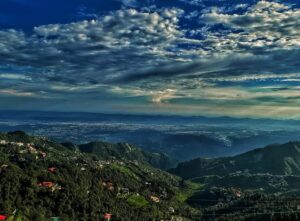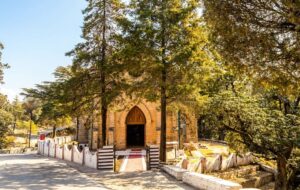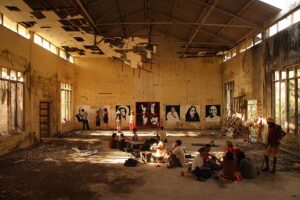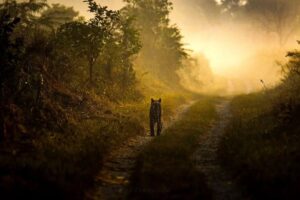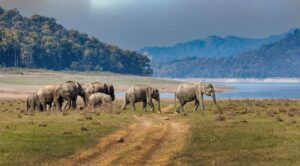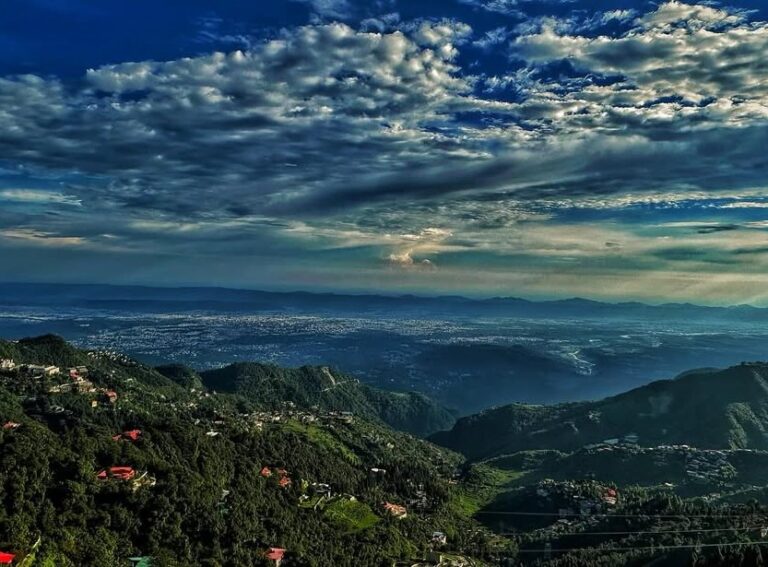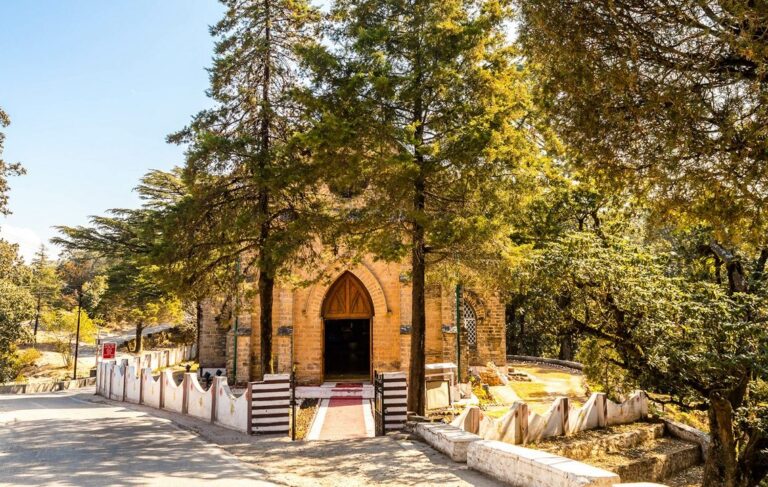Nestled in the Central Himalayas, Pandukeshwar is a spiritually powerful village near Badrinath, deeply connected with the legends of King Pandu and the Pandavas. Surrounded by towering mountains and the sacred Alaknanda River, Pandukeshwar is revered as a place of meditation, atonement, and ancient Vishnu worship.
Mythology: The Land of Pandu’s Meditation
Pandukeshwar derives its name from King Pandu, father of the Pandavas. According to legend, after accidentally killing a sage who had taken the form of a deer, Pandu was cursed to die if he ever approached his wives. Seeking redemption, he renounced his kingdom and came to Pandukeshwar with Kunti and Madri to meditate and atone for his sin.
It is believed that Pandu installed a bronze image of Lord Vishnu at the Yogadhyan Badri Temple and performed intense penance here. During this time, Kunti and Madri gave birth to the Pandavas through divine blessings. Later, when Pandu succumbed to the sage’s curse, the Pandavas returned here during their exile to perform his last rites.
Spiritual Importance During the Pandavas’ Exile
During their 12-year exile, the Pandavas revisited Pandukeshwar. Arjuna is said to have meditated here and received blessings from Indra. The Pandavas also established the Vasudev Temple, adding to the village’s spiritual legacy.
Suggested Read: Panch Badri Yatra Itinerary Uttarakhand
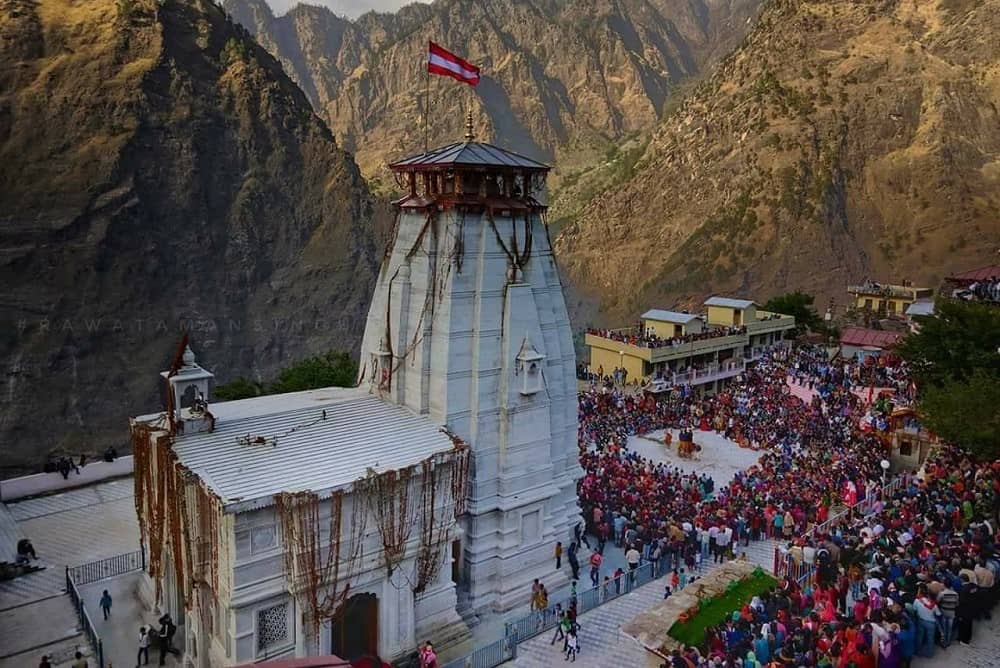
Sacred Temples of Pandukeshwar
1. Yogadhyan Badri Temple
-
One of the Sapta Badri (Seven Badri) temples
-
Houses a life-size bronze idol of Lord Vishnu in meditation (Yoga Mudra)
-
Idol is carved from sacred Shaligram stone
-
During winter, when Badrinath closes, the Utsava Murti is shifted here
2. Vasudev Temple
-
Built by the Pandavas
-
Enshrines idols of Lord Vishnu, Goddess Lakshmi, and Madri
-
A key stop for pilgrims visiting Pandukeshwar
Pandukeshwar Village: History & Architecture
Pandukeshwar lies in a deep Himalayan valley near the origin of the Alaknanda-Ganga system. Historically, it stood on the ancient route connecting the Indian plains to Mana Pass and the Tibetan plateau.
The village is home to four ancient stone temples:
-
Yogadhyan Badri (Dravidian architectural style)
-
Three smaller temples in the Nagara (North Indian) style, dedicated to Vishnu and Ganesh
Inside, you’ll find exquisite gold and copper idols along with Sanskrit copperplate inscriptions from the 9th–10th centuries, indicating rule by the Katyuri kings, when the region was known as Panchal Desh.
Pandukeshwar to Badrinath Distance
-
Distance: ~21 km
-
Travel Time: Around 1 hour by road
Pandukeshwar serves as an important spiritual stop on the Badrinath route, especially in winter.
Festivals & Rituals
-
Devwar Festival: The most vibrant local festival, celebrated with rituals, music, and community gatherings
-
Badrinath Reopening Procession: Pandukeshwar plays a key role when the idol is ceremonially taken back to Badrinath in summer
How to Reach Pandukeshwar
-
Nearest town: Joshimath
-
From Joshimath, shared jeeps and taxis regularly ply to Pandukeshwar
-
Well-connected by road from Rishikesh, Haridwar, and Dehradun
Accommodation in Pandukeshwar
Pandukeshwar offers limited but comfortable stays:
-
GMVN Guest House
-
Small local lodges and homestays
These provide basic amenities and warm Himalayan hospitality.
Best Time to Visit Pandukeshwar
-
Best Months: May–June and September–October
-
Why: Pleasant weather, open roads, and accessible trekking routes
-
Winter Note: Heavy snowfall; Badrinath remains closed, but Pandukeshwar stays spiritually active
Suggested Read – A Peaceful Stopover While Traveling to Badrinath Temple – PipalKoti
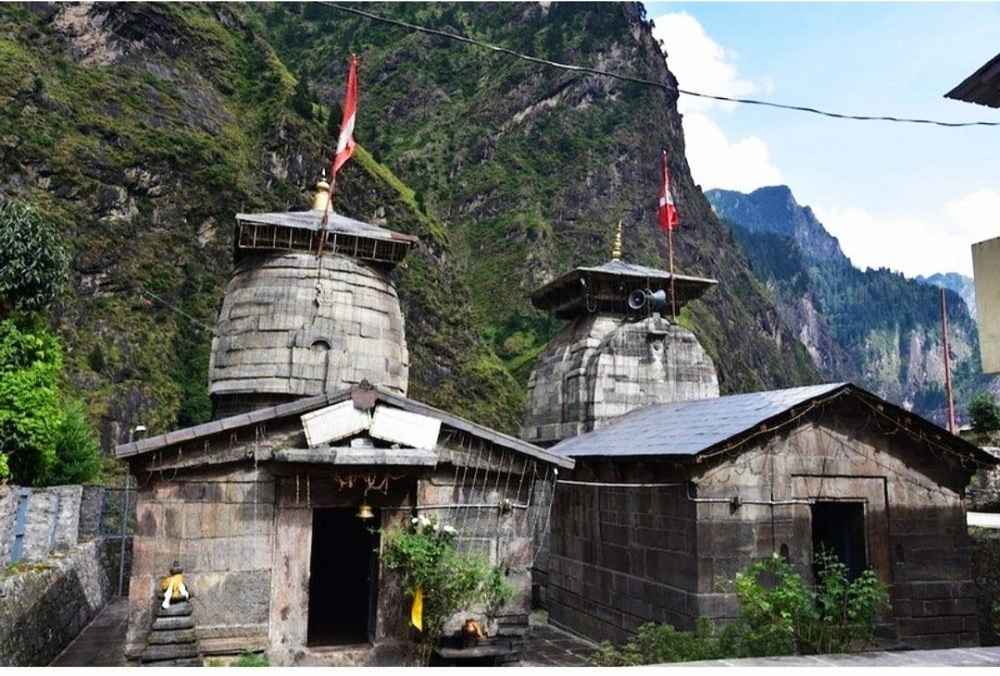
Pandukeshwar Uttarakhand
Pandukeshwar is a sacred Himalayan village located in the Chamoli district, on the ancient pilgrimage route to Badrinath. Known for its spiritual legacy connected with King Pandu and the Pandavas, Pandukeshwar lies in a serene valley along the Alaknanda River and plays a vital role in the Badri–Kedar religious circuit.
Pandukeshwar Temple
The Pandukeshwar Temple complex is home to some of the most ancient and spiritually significant Vishnu shrines in Uttarakhand. These temples reflect early Himalayan architecture and are deeply associated with the Mahabharata era.
Pandukeshwar Mandir
The term Pandukeshwar Mandir commonly refers to the cluster of temples in the village, especially the Yogadhyan Badri shrine. Pilgrims often stop here to seek blessings before continuing toward Badrinath, making it an important spiritual halt.
Pandukeshwar Mahadev
While Pandukeshwar is primarily associated with Lord Vishnu, Pandukeshwar Mahadev is revered locally as a sacred Shiva presence linked to King Pandu’s penance. Devotees believe Shiva’s energy protects the valley and blesses pilgrims traveling toward the higher Himalayan shrines.
Joshimath to Pandukeshwar Distance
-
Distance: ~9 km
-
Travel Time: 20–25 minutes by road
The road from Joshimath to Pandukeshwar is smooth and scenic, passing through alpine landscapes and offering glimpses of snow-clad peaks.
Pandukeshwar to Badrinath Distance
-
Distance: ~21 km
-
Travel Time: About 1 hour by road
This stretch forms a crucial part of the Char Dham Yatra route and remains open during the pilgrimage season.
Pandukeshwar to Badrinath
Traveling from Pandukeshwar to Badrinath is not just a road journey but a spiritual progression. During winter, when Badrinath Temple closes, the Utsava Murti of Lord Badri Vishal is ceremonially brought to Pandukeshwar, enhancing its religious importance.
Pandukeshwar to Haridwar Distance
-
Distance: ~270 km
-
Travel Time: 9–10 hours by road
The journey from Haridwar to Pandukeshwar passes through Rishikesh, Devprayag, Rudraprayag, and Joshimath, offering spectacular river confluences and mountain scenery.
Pandukeshwar Weather
Pandukeshwar weather remains cool and pleasant in summer, while winters are harsh with heavy snowfall. Weather conditions strongly influence travel plans, especially during winter months when upper Himalayan routes may close.
Pandukeshwar Temperature
-
Summer (May–June): 10°C – 20°C
-
Autumn (Sept–Oct): 5°C – 15°C
-
Winter (Nov–Feb): –5°C to 8°C
The Pandukeshwar temperature makes summer and early autumn the best seasons for pilgrims and travelers.
Why Visit Pandukeshwar Temple?
-
One of the Sapta Badri temples
-
Winter seat of Badrinath Utsava Murti
-
Connected to King Pandu and the Pandavas
-
Ancient Dravidian & Nagara-style architecture
-
Peaceful alternative to crowded Char Dham stops
Final Words
Whether you’re tracing the footsteps of the Pandavas, planning the Char Dham Yatra, or simply seeking Himalayan peace, Pandukeshwar Uttarakhand offers a rare blend of mythology, devotion, and untouched mountain beauty. Its strategic location, sacred temples, and calm atmosphere make it a must-visit spiritual destination in Uttarakhand.
Pandukeshwar Temple Pandukeshwar Temple Pandukeshwar Temple Pandukeshwar Temple Pandukeshwar Temple Pandukeshwar Temple Pandukeshwar Temple


